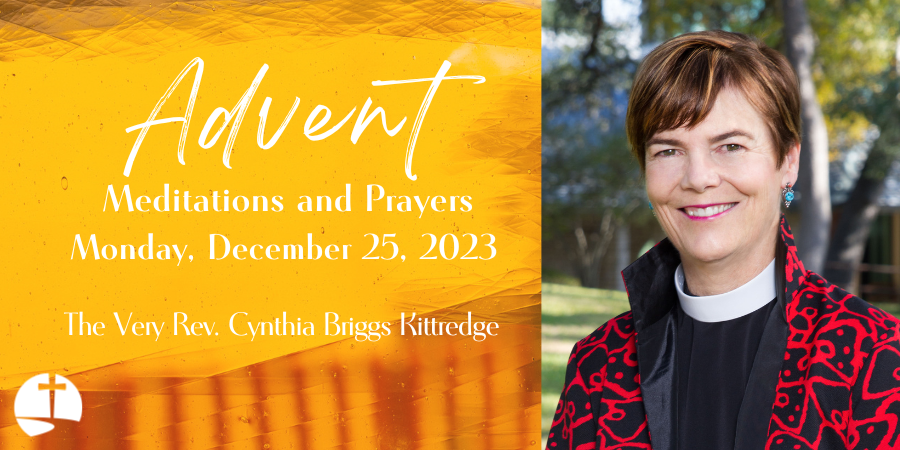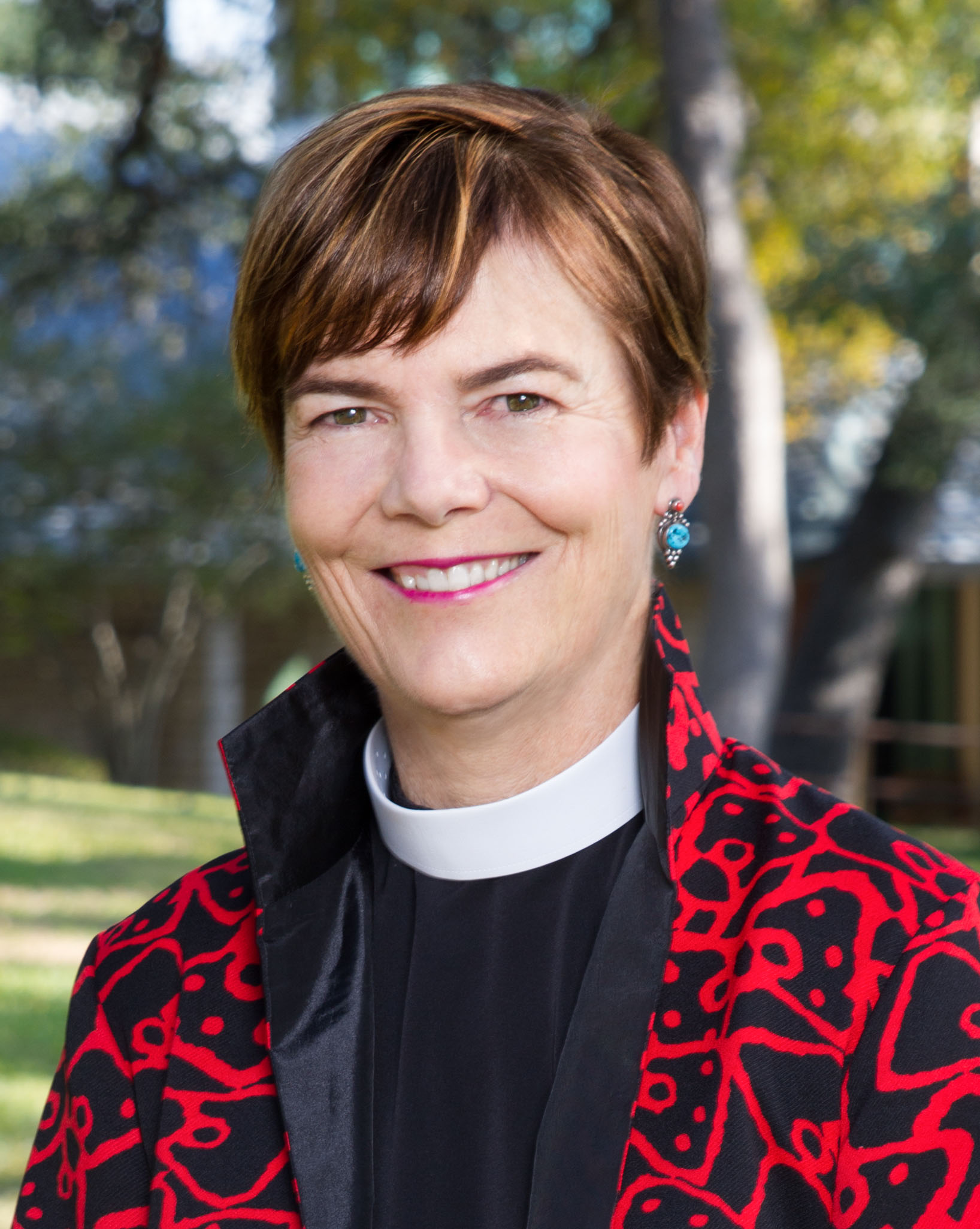Psalm 2, 85 • 110:1-5(6-7), 132
Micah 4:1-5, 5:2-4 ❖ 1 John 4:7-16 ❖ John 3:31-36
“And the Word became flesh and lived among us, and we have seen his glory, the glory as of a father’s only son, full of grace and truth.“ Luke’s Christmas story is the one we know best, with its manger and swaddling clothes and shepherds and angels. God is born as a baby, from his mother, in a little town of Bethlehem. Sometimes I like to meditate on John’s story of the incarnation in John 1:1-18, a passage without the trappings of Christmas, but that tells the story of the incarnation of God in another key. It’s culminating line invites us to wonder: What does it mean that “we have seen his glory”?
Does that glory require sensational technicolor special effects? Or is glory seen in the deeds of Jesus to heal and feed and raise the dead that we read in the Fourth Gospel? The glory is washing the feet of his friends and laying down his life for them. His glory radiates from every fruit and flower and blade of grass, every fragment of the creation, all made through the Word: “through him all things were made.” His glory shines in the faithful life of a human being – as Irenaeus says, “The glory of God is a human being fully alive.“ The mystery of the incarnation changes how we see every ordinary miracle, especially the glory of a beloved child, full of grace and truth.
Holy and Loving God, this Christmas Day, give us transformed vision to see your glory, in Christ’s name we pray. Amen.
“Y el Verbo se hizo carne y habitó entre nosotros, y hemos visto su gloria, gloria como del hijo único de un padre, lleno de gracia y de verdad”. La historia de Navidad de Lucas es la que mejor conocemos, con su pesebre y envuelto en mantas y con pastores y ángeles. Dios nace como un bebé, de su madre, en un pequeño pueblo de Belén. A veces me gusta meditar en la historia de la encarnación de Juan en Juan 1:1-18, un pasaje sin los adornos de la Navidad, pero que cuenta la historia de la encarnación de Dios. Su línea culminante nos invita a preguntarnos: ¿Qué significa que “hemos visto su gloria”? ¿Esa gloria requiere sensacionales efectos especiales en tecnicolor? ¿O se ve la gloria en las obras de Jesús para sanar, alimentar y resucitar a los muertos que leemos en el Cuarto Evangelio? La gloria es lavar los pies de sus amigos y dar su vida por ellos. Su gloria irradia de cada fruto, flor y brizna de hierba, cada fragmento de la creación, todo hecho a través de la Palabra: “por él fueron hechas todas las cosas”. Su gloria brilla en la vida fiel de un ser humano – como dice Ireneo: “La gloria de Dios es un ser humano plenamente vivo”. El misterio de la encarnación cambia la forma en que vemos cada milagro ordinario, especialmente la gloria de un hijo amado, lleno de gracia y de verdad.
Dios santo y amoroso, este día de Navidad, danos una visión transformada para ver tu gloria, en el nombre de Cristo oramos. Amén.
Listen to Cynthia read their Advent meditation and prayer in English:
Escuche a Cynthia leer su meditación y oración de Adviento en ingles:



